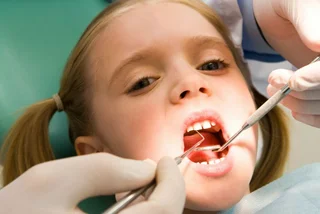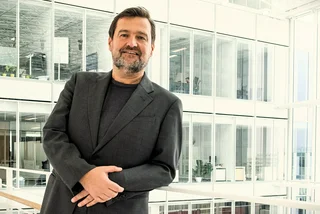The European Commission has put forth a proposal to completely ban common, mercury-based amalgam fillings as early as 2025, an initiative that has stirred controversy within the Czech dental community due to its high use of amalgam.
The move, aimed at curbing the use of toxic mercury, was originally slated for 2030, but the European Commission has recently emphasized the urgency of the situation. Seznam Zprávy writes that the Czech Ministry of Health and dentists alike are voicing concerns about the suddenness of the proposal.
Dentists in Czechia use amalgam for about 43 percent of all fillings. Health insurance companies only reimburse adults for amalgam fillings, and a potential ban may mean that adults will need to pay out of their pocket for different types of fillings.
Financial costs
The proposal has received mixed reactions from dental professionals in Czechia. While it grants dentists the discretion to use amalgam in exceptional cases after the designated cut-off date (whether it be 2025 or 2030), some dental associations argue for a gradual phase-out instead of an abrupt ban. The Council of European Dentists calls for a balanced approach, emphasizing amalgam's suitability and usefulness for various restorative applications.
The financial and practical implications of the proposed ban also raise concerns. The European Commission cites limited economic impact on member countries, but the Czech Republic anticipates notable expenses. The Czech health system expects to incur EUR 18 million (CZK 435 million) of losses following the change.
Additionally, one of the few remaining dental amalgam manufacturers within the EU is based in the Czech Republic, and the proposed ban would effectively eliminate its production.
PARTNER ARTICLE
Insurance issues
For patients, the key question revolves around replacement options covered by public insurance once amalgams are no longer permitted. Possibilities include cement fillings or more substantial financial investment to support alternative materials. The Czech Dental Chamber's president, Roman Šmucler, highlights three potential outcomes: reverting to simple cement, allocating more funds for better materials, or having no insurance coverage for fillings at all.
The Czech Ministry of Health acknowledges the proposal's impact on dental care availability and reimbursement. While the abrupt shift from 2030 to 2025 poses challenges, the ministry aims to transition from amalgam reimbursement to alternative materials before the original 2030 deadline.
In a year and a half, if the European Commission's proposed timeline prevails, Czech patients will face choices regarding their dental care coverage, prompting a reevaluation of treatment options and their associated costs.












 Reading time: 2 minutes
Reading time: 2 minutes 




























